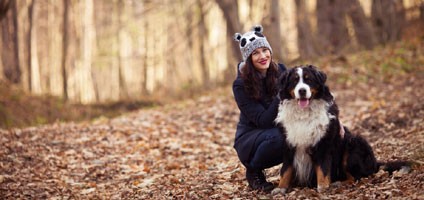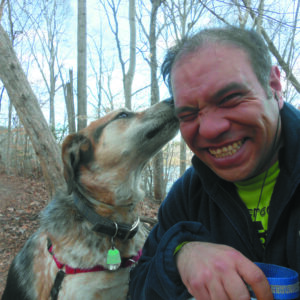Autumn is my favorite time of the year. The change of season is linked to a host of attendant changes, and more than a few risk factors and hazards are associated with the start of fall. Nature’s changes, preparation for a cascade of holidays, and the appearance of new items around the home each offer unique temptations and dangers for your dogs. Let’s take a look at some of the challenges that autumn brings with it and how to ensure the safety of your dogs and puppies.
New season, new risk factors outdoors
With the start of fall, many people leave their homes to do some leaf-peeping. In heavily forested regions of the country, witnessing the fall foliage in all its resplendent range of colors is an adventure for the whole family. If you take your dogs with you, be aware that nature holds up her own challenges to canine safety. These include new vegetation as well as potentially dangerous creatures seeking their winter homes.
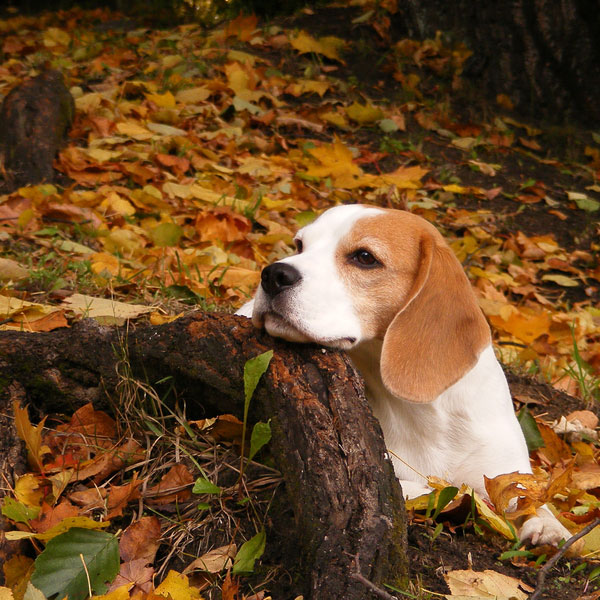
As leaves fall, excessive moisture is trapped on the ground. In wooded areas, this provides the ideal conditions for a host of mushrooms to spring up. As beautiful and varied as they are, a very small percentage of mushroom species native to North America are some of the more poisonous plants around. Admire mushrooms when you see them in your wanderings, but unless you’re a trained mycologist, try to keep your dog, her curious nose, and her indiscriminate appetite clear of patches of unfamiliar fungi.
In the autumn, snakes of all kinds are out and about, getting themselves ready for a winter’s rest. When you are out in nature, even if it’s right outside your home, take care to steer clear of our slithering friends. My dog and I see snakes on our regular hikes. I readily admit to being more curious about them than my puppy pal, but I try to keep a respectful distance all the same.
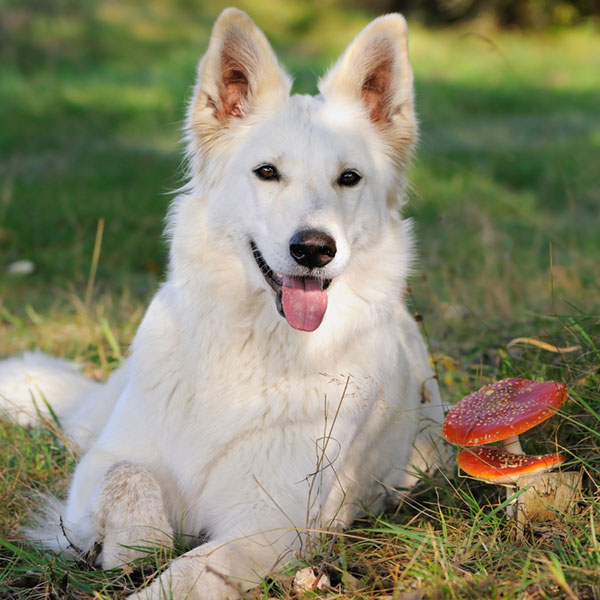
Autumn holidays, exciting temptations
For better or worse, depending on who you ask, the start of fall also marks the start of the holiday season. Walk into any drug store or grocery chain, and you’re guaranteed to have your senses assaulted by entrenched Halloween decorations. Hot on the heels of Halloween, we’ve got Thanksgiving, and, before fall is even really in full swing, the signs of Christmas, Hanukkah, Kwanzaa, and Festivus are all but unavoidable. What do sincerely observed tradition and/or crass commercialism have to do with your dog’s safety? I’m glad you asked!
People love decorating their homes for the major autumn holidays, Halloween and Thanksgiving. Whether you deploy banners, garlands, delicately scented potpourri, or holiday-appropriate plants, they all provide cornucopia of temptations to dogs eager for new distractions. A casual sniff at any of these things can lead to chewing, and chewing to unintended ingestion. What’s to stop dogs from sampling your festive decor? Keep all potentially chewable decorations well out of the reach of dogs.
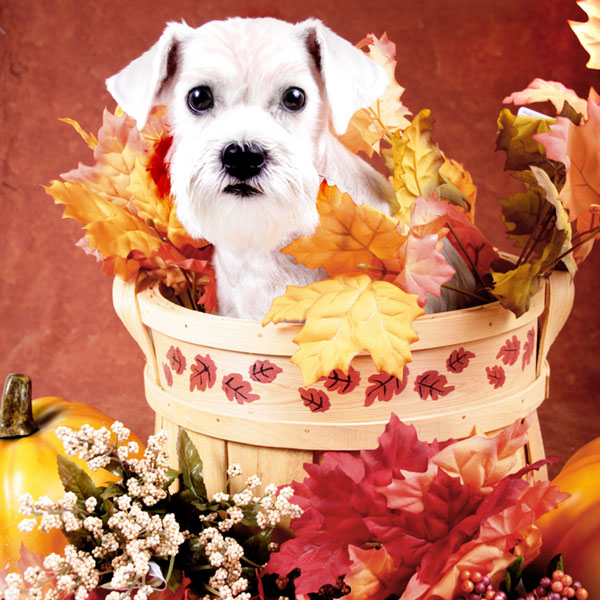
Halloween brings with it a host of hazards for dogs and puppies. One of my major weaknesses is a dog wearing a little costume; photos of dogs in little clothes always make me laugh. The more elaborate the costume you choose to clothe your dogs in, though, the greater the risk. If you must festoon your puppies in fancy dress, remember, less is more. See that your dog’s costume leaves them room to breathe, to move their limbs freely, and doesn’t cover their ears. Try not to add disorientation to the discomfort of an ill-fitted costume.
The autumn holidays also see an influx of new and interesting food products into the home. At Halloween, you’ll want to make certain that all dishes, bowls, and serving plates of candy and chocolates are kept where your dogs cannot get to them. At Thanksgiving dinner, the less access your dog has to the scents of the kitchen, and the less exposure your dog has to the many rich and fatty foods adorning your table, the better for her digestion.
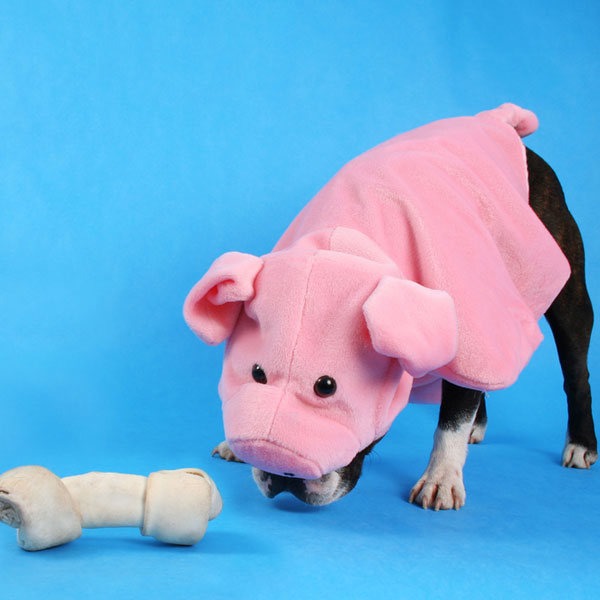
The dangers of domestic change
Strange decorations and new foods are not the only things your dog may be introduced to with the start of fall. Changes around the home, from the car to the closet, present their own hazards to our dogs. Whether you are putting your summer wardrobe in storage with mothballs, preparing your automobile with antifreeze ahead of the winter, or protecting your home from rodents seeking shelter in your home, each task carries dangers for your dogs.
A small spill of antifreeze, a few stray mothballs that fall out of your bins as you tote them around, and rodent poisons placed at critical locations: These minor occurrences can cause your dog major pain. When you use these kinds of items, remember that your dogs and puppies are both more intimately familiar with things at ground level and have greater access.
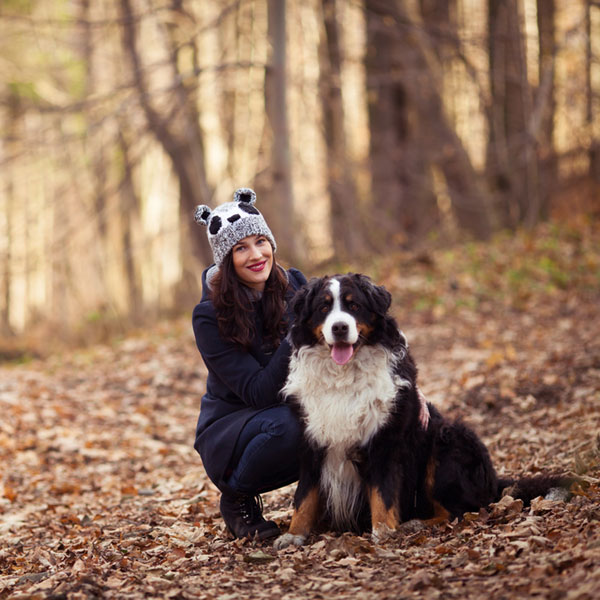
Is your dog ready for fall?
Finally, your dog’s nutritional needs change as the weather grows cooler, or much colder, depending on where you live. Keep your dogs and puppies’ water dishes in mind, particularly if they spend a great deal of time outdoors in the autumn months. In colder climes, water dishes can quickly become ice dishes, so keep a close eye on your dog’s water supply.
Colder weather and physical activity make increasing demands on a dog’s metabolism. Are you and your dog undeterred by the cooling temperatures? If you continue venturing out for regular exercise, be aware that dogs may require additional food to keep their energy and body heat levels up as the chill rises in the air.
How do you and your dogs greet the fall? Tell us in the comments.
Learn more about dogs with Dogster:

